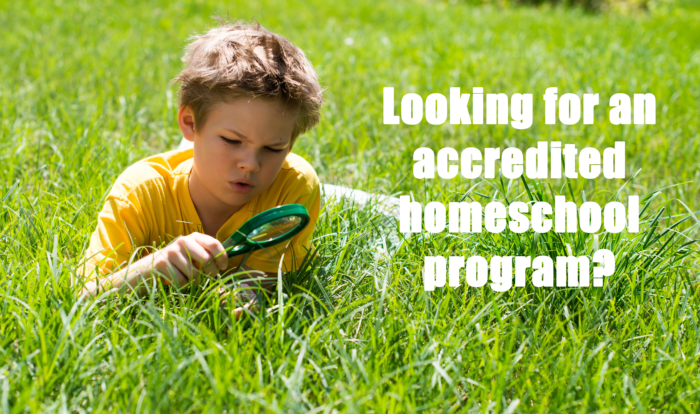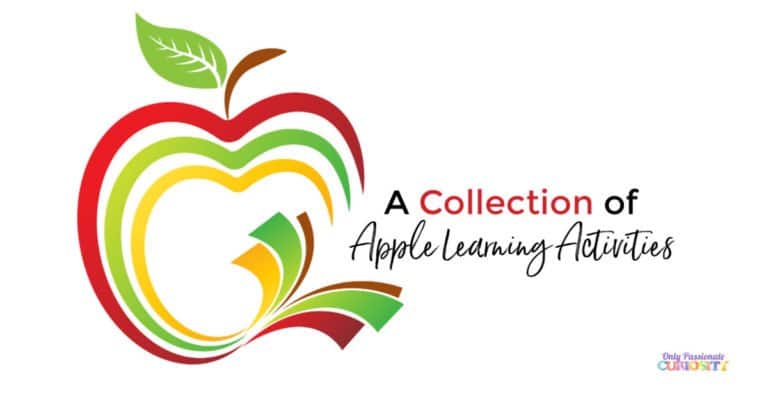Distance Learning with Oak Meadow
Have you ever had one of those days (okay, okay, months? years?) where you’ve wanted to throw the teacher’s manual out the window, crawl in bed, and wave the white flag? Homeschooling can be wonderful, but there are also seasons where it is hard. I feel like I am knee deep in one of those seasons right now with Bug, my wonderful, but sassy and emotional, pre-teen kiddo.
Because I am a type-A planner kind of a gal, when things get hard, I get into hardcore research mode. I ask myself, “what can I do to make things easier?” and “how in the world am I going to survive?”
I really want to look at all the options. And, because Oak Meadow is my go-to for support, I reached out to them to learn more about their distance learning option. The Oak Meadow distance learning school is internationally accredited, and provides “teacher support and evaluation” along the way. Basically, you still teach your children using the Oak Meadow curriculum, but you are given an extra level of support through their teachers.
Here’s how it works:
You send your student’s work into the Oak Meadow teacher on a regular basis (once a month for grades K-4 and every two weeks for 5-12). You can send the work by postal mail or email, or use a shared Google document on which the teacher and student can both post comments and ask questions about the work. Once students are in middle school, they are encouraged to communicate directly with their teacher(s). It’s part of taking ownership of the learning, and more effective and efficient all around.
Once work is received, teachers give very specific feedback that is designed to challenge students and encourage them at the same time. Teachers are also available for phone or video calls during their office hours (or when other arrangements have been made) and by email just about any time. These methods of communication are open for both the parent and the student—the teachers really try to make independent learning successful for everyone.
Even high schoolers are likely to need your help when it comes time to organize and submit their work, so it’s not like you are cut out of the loop entirely. But here’s the good part: you don’t have to grade or assess your child’s work if you don’t want to—an added benefit that may come in especially handy with preteens and adolescents. Letting someone outside the home evaluate their work can be a real game changer. There are plenty of other areas of life where you’ll still need to show you’re in charge (bedtime, curfew, respect, language, chores…the list goes on and on). It might be nice to let someone else be in charge of monitoring grammar dos and don’ts and giving honest feedback on student effort.
It turns out a lot of homeschooling families choose the enrollment option when moving into middle school or high school. Developmentally, adolescents begin to look outside the home for validation as they explore their identity, and they’ll often work much harder to “prove” themselves to an outside teacher. Knowing mom or dad will love them no matter what kind of half-hearted essay they turn in can, shall we say, lower the bar of quality and motivation just a tad.
What is really interesting about distance education is the way the teacher interacts with the students. I was able to speak with Sarah, a high school teacher at Oak Meadow as I was researching the program, and she shared that distance learning is different because she doesn’t get to see your child in the flesh, she gets to know them from the inside.
Sarah said:
“I know little about their family background, what kind of clothes they wear, how they get along with their peers, and what kind of expression they have on their faces when they complete their work. All of these things color how your student is perceived by their teachers in school, they are all biases which can either help or hinder students artificially. I have had students whom I never saw, but could tell you all kinds of information about how they think.
For example, my first physics student, Pallavi, produced outstanding work. Pallavi and I had communicated a lot about physics, getting through the course at an accelerated pace, and therefore this was the first student whom I had to write an evaluation on. It was easy for me to discuss Pallavi’s excellent math skills, how he responded to teacher feedback when I instructed him to get deeper into certain topics on astronomy, and his connection to high-level topics such as the theory of relativity. Pallavi received the evaluation and thanked me for all my help and feedback, informing me that it was a pleasure to work with me in the course, and “by the way, I’m a girl.” Oh my goodness! See, I knew so much about this student’s mind and abilities, but literally nothing about what *she* looked like! Despite the obviously embarrassing nature of this faux-pas, I found this to be a very interesting example of how distance learning allows you to get to know each other on the inside, not the outside.
My students at Oak Meadow come from an incredible variety of backgrounds. They are the most interesting teens! Actors, musicians, equestrians, semi-pro athletes, children of diplomats, farmers, people who live on a boat… it’s all here! My students are from all over the place, physically and personally, and we at OM have realized how meaningful it would be to get these kids together to share their experiences. One way we have done this is though collaboration, including some of the science lessons, a new discussion based course on social justice, and also a hangout called “the Awesome OM” on google groups. They also get together through social media, and students have started a thread on meeting each other in real life. I hope to see more collaboration and getting families together as the school grows.
There is something really special about our school in its ability to bring people together, mind-to-mind. Even as coworkers, we don’t see each other as often as most teachers do, but there is a wonderful energy among us all because we know what the others are capable of intellectually. We also know that the primary reason we are here is to further the cause of progressive, home-based education. We care a lot about our students, think carefully about our words when we communicate with them and are always looking for ways to help them along. Our goal is to see our students grow as thinkers and doers, to each blossom in their own way.”
I don’t know about you, but this is the kind of teacher I want for my kids. I want someone who is going to get to know them on a personal level and support my family as we learn and grow together. If you are looking for an accredited program, I’d strongly recommend calling Oak Meadow and speaking to them about their distance school. You’ll have all the freedom homeschooling provides, with all the support and accreditation a school can give.
As for me . . . I am still not sure I will survive Bug’s preteen years, but I am confident that if I do decide I want to get Bug into an accredited program for high school, Oak Meadow would have my back.







